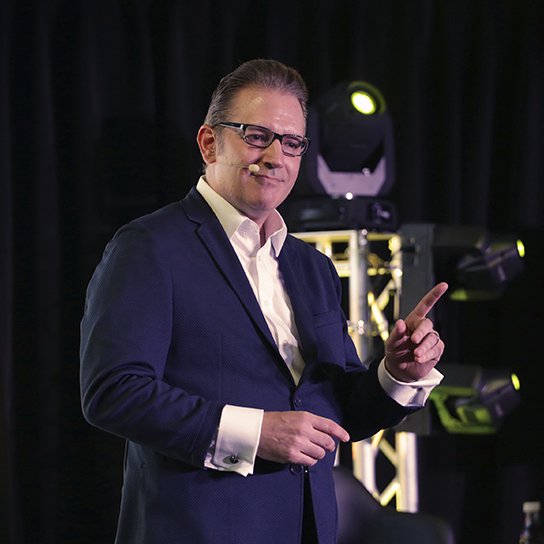Diversity, equity and inclusion (DEI) are important topics in today's society. As a result, more organizations are looking to build DEI into their cultures. This article will discuss the importance of DEI and provide tips on how managers can foster a DEI-friendly workplace.
Why is DEI Important?
For businesses today, diversity, equity and inclusion are crucial factors for success. DEI is a major driver of innovation and creativity within organizations, fostering a more inclusive and collaborative work environment.
In addition to attracting and retaining the best talent, DEI can also help to minimize workplace discrimination and boost employee engagement. Furthermore, it sets the stage for building a more equitable society both inside and outside of the workplace.
Overall, diversity and inclusion are critical elements that every company must embrace in order to succeed in this increasingly competitive world. Whether your business is large or small, DEI should be an important consideration when crafting any corporate strategy moving forward.
Should You Offer Diversity and Inclusion Training in the Workplace?
Many companies today are beginning to recognize the importance of diversity, equity, and inclusion in the workplace. While diversity refers to any number of different qualities that may make individuals unique, equity and inclusion relate specifically to issues of race, gender, sexual orientation, disability status, and other areas that are often marginalized in the workplace.
By offering diversity and inclusion training for employees, companies can help foster a more inclusive environment where diversity is celebrated rather than suppressed.
Go Beyond Basic DEI Training
Most training focuses on increasing diversity without exploring why our organizations find it so difficult to turn that diversity into true inclusion.
Leaders across multiple industries (higher education, healthcare, retail, technology and many more) struggle with turning their genuine passion for diversity, equity and inclusion into actual, measurable, sustainable diversity, equity and inclusion.
The obstacles they bump up against can be put into categories related to how we exclude people (1) systematically within our organizations, and also (2) individually in how we lead or work with others. That’s why GLLG offers a variety of organizational culture diagnostic tools to help leaders assess themselves and their organizations to see where they might be unknowingly excluding and stifling people.
How Can You Develop Inclusive Workplace Practices?
As the workforce continues to become more diverse, it's important for businesses to develop inclusive workplace practices. By doing so, companies can create a positive and supportive environment for all employees.
There are a number of ways businesses can foster diversity, equity and inclusion in the workplace.
First, assess your organization. But you have to get beyond the basic questions of: “Do we discriminate?” Diversity and inclusion training in the workplace will fall short if it doesn’t address the multiple ways we keep people from unleashing their full individuality. You’ll only start to uncover actual discrimination and suppression once you start coming at the question from a variety of angles.
Here are some questions to help you get started:
- Have you ever told someone: “That’s not how we do it”? That keeps people from feeling free to experiment or share their thoughts and ideas.
- When you’re hiring, do you judge people by whether or not they would be “a good fit”? That forces people to pretend to be just like you, rather than be who they are.
- Look at the ways you measure success: do you reward perfection and/or punish mistakes? If so, you will never experience people at their fullest capacity—because they realize it’s better to play it safe rather than risk a mistake.
Summary
In order to create a workplace that is truly equitable and inclusive, organizations must be willing to measure their commitment to DEI. Offering diversity and inclusion training is a great first step, but it's important to go beyond basic training in order to create an environment where everyone feels welcome and respected.
By developing inclusive workplace practices, you can help ensure that all employees feel comfortable and valued in your organization.
Have you measured your organization's commitment to diversity equity and inclusion? If not, now is the time to start!







